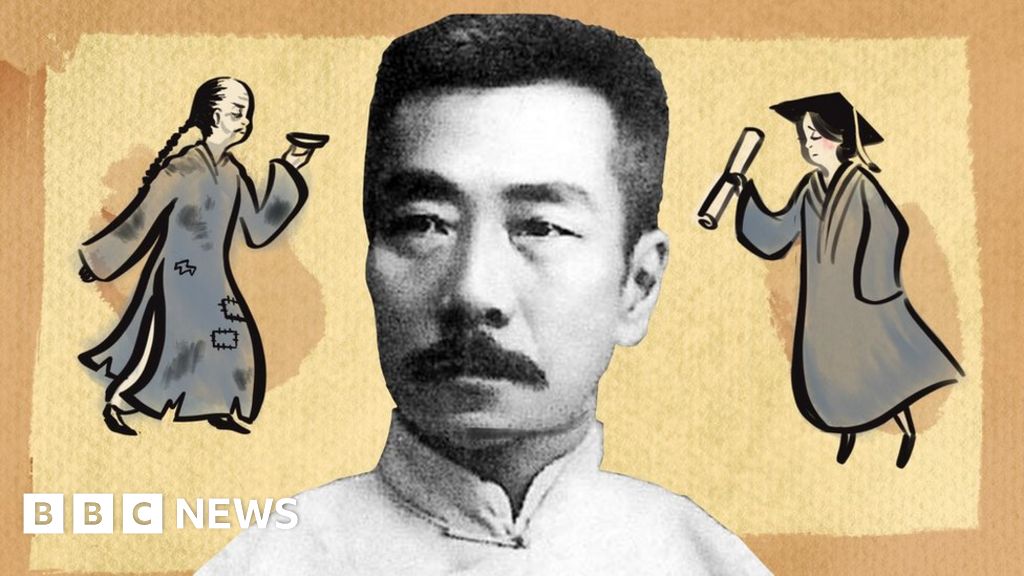Lewis Hamilton on a tough season, the risks of racing and his future

[ad_1]
Bottas’ increased strength was particularly notable at the beginning of the year, something Hamilton attributes in part to his former number-two race engineer transferring over this year to become the Finn’s lead engineer and taking some of the world champion’s secrets with him.
Bottas hit the ground running, after four races was leading the championship by a point from Hamilton and all the talk was of him being a new man in 2019. Hamilton admits it gave him pause for thought.
“First couple of races are usually not perfect for me,” Hamilton says. “They’re still not bad, still better than average, but then there’s all the outside pressures of ‘Valtteri 2.0’ and I’m thinking: ‘We’re 2-2, two wins apiece.’ And for me I’m… I can’t… I’ve got to stay solid in my mind, I can’t allow the outside… but being human it’s very hard not to notice those things.
“But then I just started ramping up after that, and it went 3-2, 4-2, 5-2, 6-2, 8-2 and I was like: ‘That’s gooood.'” He laughs.
How does he find that extra gear? From inside himself, and from the details of hard work, Hamilton says.
“From myself – hard to explain it. Like when you wake up, you’re kinda groggy and not 100%. Then you hit… we all hit perfect peak at different points in the day. Just finding a way to be more fine-tuned physically. I think I’ve become the most fine-tuned physically and mentally I’ve ever been and that’s a constant – every year I’m trying to improve that.”
A key strength is that Hamilton has what Shovlin calls “more tools in his box” as a driver to adapt instantly in the car to changing conditions, such as weather or handling balance.
That, Hamilton says, is “conscious”.
“I’ve always been able to adapt. One of my strengths is I think I am probably one of the most adaptive drivers there is. I’ll jump into almost any scenario and figure my way through,” he adds.
“And that’s why it works so well in the rain, for example, because you have to be dynamic in those places. Constantly shifting your driving style.
“I have also studied other athletes. I listen to Valentino [Rossi] and how he feels he’s had to change his driving style to keep up with the newer generation and I question myself whether that’s necessary. That’s his journey. He was so great, you know? But I look at that and try and figure out how I would position that.
“If you look at tennis players and how they change their swing. I speak to Serena [Williams] and the nuances she goes into. I watch golf and see how Tiger [Woods] has slowly come back after improving his swing.
“It is very similar to a driver. You can change these small things that just give you a wider platform and a wider foundation to be able to pull laps together. But, man, it’s millimetres, or micrometers, and it’s very, very hard to see the differences always.”
Source link




